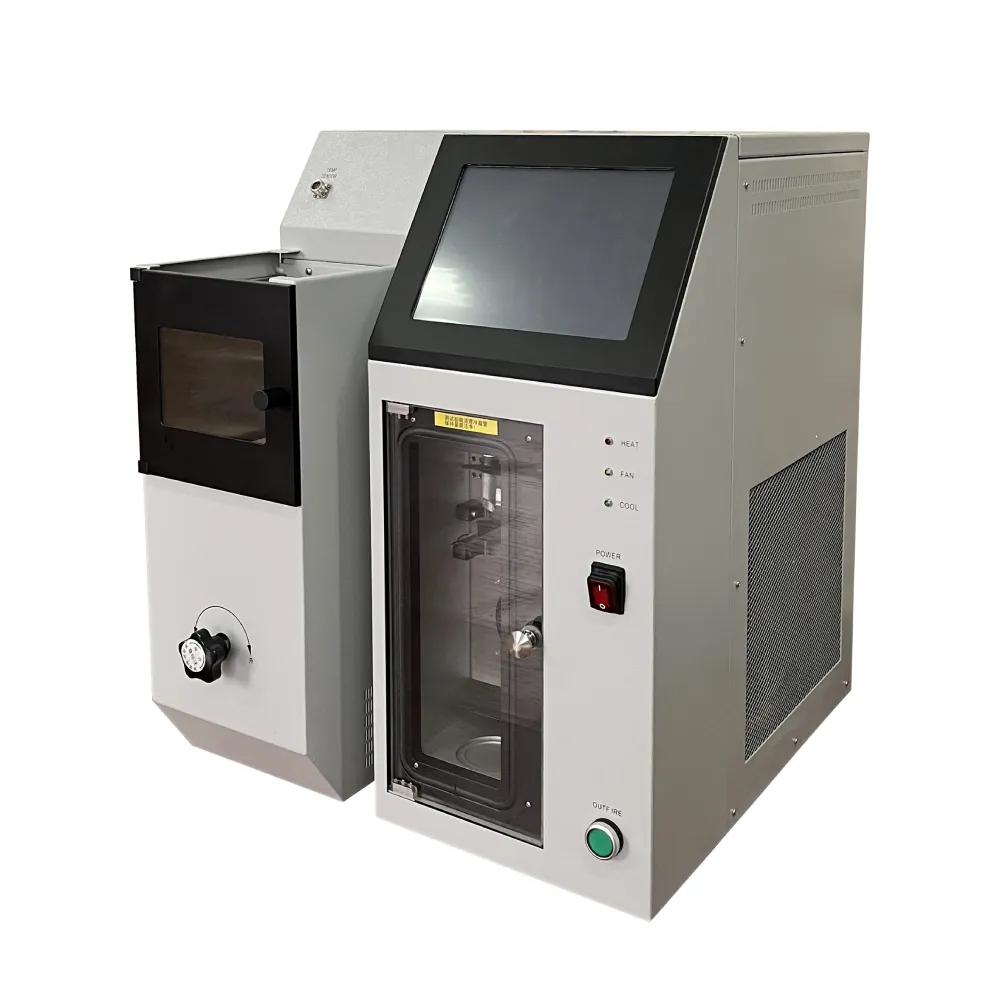 English
English


transformer tap changer types
Transformer Tap Changer Types A Comprehensive Overview
Transformer tap changers are essential components in electrical power systems, allowing for the adjustment of transformer output voltages. These devices play a crucial role in maintaining voltage stability and enhancing the reliability of electrical supply. There are various types of tap changers, each designed for specific applications and operational needs. This article delves into the main types of transformer tap changers, highlighting their functions and applications.
1. On-Load Tap Changers (OLTC)
On-load tap changers are designed to change the tap settings while the transformer is energized and under load. This capability is crucial for maintaining output voltage within desired limits, especially in systems with fluctuating loads. OLTCs employ a mechanism that allows for seamless switching between taps without interrupting the power supply. They are commonly used in large power transformers connected to the transmission grid, where consistent voltage levels are required to ensure system stability.
OLTCs typically utilize either a motor-operated or hydraulic mechanism for switching taps. These units often include sophisticated control systems that monitor voltage levels and automatically adjust the tap settings to optimize performance. Although OLTCs are more complex than other types, their ability to provide continuous voltage regulation makes them indispensable in modern power systems.
2. Off-Load Tap Changers (OLTC)
As the name implies, off-load tap changers require the transformer to be de-energized before any adjustments can be made. These devices are simpler in design and often less expensive than their on-load counterparts. Off-load tap changers are usually employed in smaller transformers where load changes are infrequent or less critical.
transformer tap changer types

The operation of off-load tap changers involves mechanical switches or levers that allow an operator to select the desired tap position. Although they do not offer the same level of voltage regulation as OLTCs, they can be effective in situations where electrical loads remain relatively stable or during maintenance periods.
3. Vacuum Tap Changers
Vacuum tap changers operate in a sealed vacuum environment, which helps prevent arcing during the switching process. This design enhances their reliability and longevity, making them suitable for various applications, including industrial systems and substations. Vacuum tap changers can be either on-load or off-load types, depending on the specific requirements of the transformer installation.
These devices are particularly advantageous in environments where maintenance access is limited, as their robust construction minimizes the need for frequent servicing. Additionally, the vacuum environment reduces the risk of contamination, further extending the lifespan of the equipment.
Conclusion
Transformer tap changers are vital for effective voltage management in electrical power systems. Understanding the different types—on-load tap changers, off-load tap changers, and vacuum tap changers—allows engineers and operators to select the appropriate technology for their specific applications. Each type has its advantages and disadvantages, and the choice will ultimately depend on factors such as system size, load variability, and maintenance capabilities. By utilizing the right tap changer, power systems can achieve improved stability and efficiency, ensuring reliable electricity supply to consumers and industries alike.
-
Differences between open cup flash point tester and closed cup flash point testerNewsOct.31,2024
-
The Reliable Load Tap ChangerNewsOct.23,2024
-
The Essential Guide to Hipot TestersNewsOct.23,2024
-
The Digital Insulation TesterNewsOct.23,2024
-
The Best Earth Loop Impedance Tester for SaleNewsOct.23,2024
-
Tan Delta Tester--The Essential Tool for Electrical Insulation TestingNewsOct.23,2024





